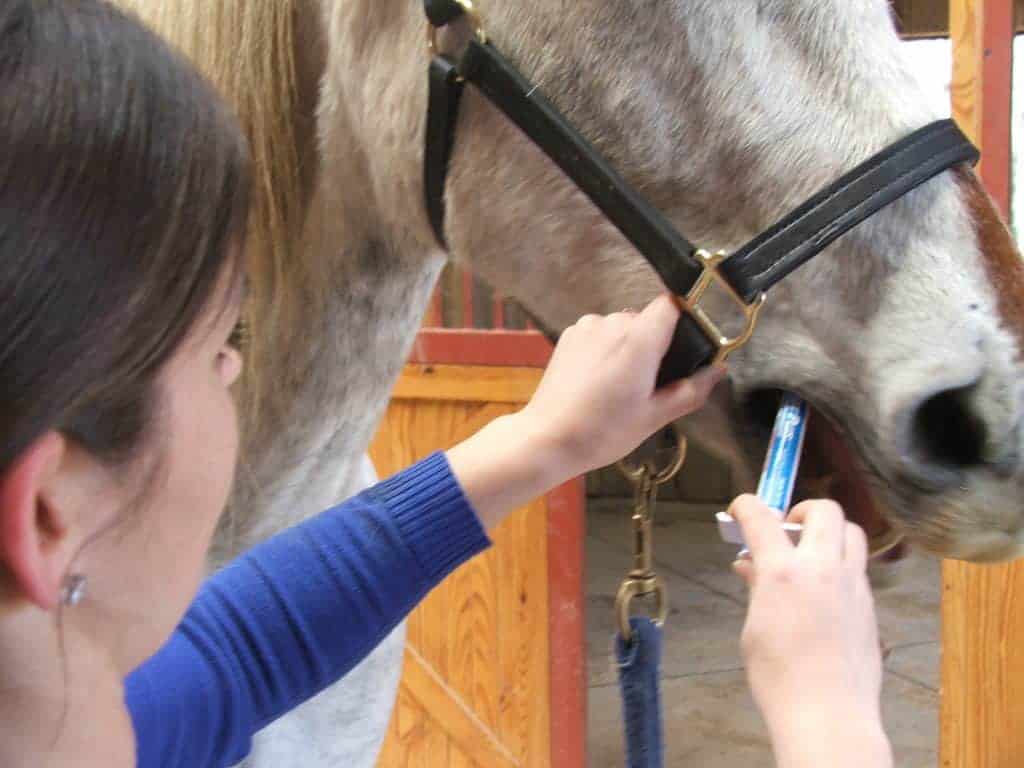
Can Learning Theory Lower Equine Vets’ Injury Risk?
One vet shares how learning theory techniques can help teach difficult horses to stand calmly and accept treatments.

One vet shares how learning theory techniques can help teach difficult horses to stand calmly and accept treatments.

Radiographic abnormalities don’t always result in diminished performance; however, many do. Here’s what to know.

While some heart murmurs can spell the end of a horse’s career, others have little to no impact on athletic pursuits.

The horse’s lower limb is subject to a multitude of injuries that can baffle even the most veteran veterinarians.

The researchers are also seeking veterinarian and horse owner input for surveys on recognizing and diagnosing colic.
The USDA-approved vaccine prevents the disease responsible for foal abortion, kidney and liver failure, and uveitis.

The region in which a horse lives, his surroundings, and more can put him at risk for developing these eye abscesses.

Most impaction colics studied (53.4%) resolved without treatment or with simple medical therapy on the first visit.
A 2014 outbreak at a Japanese racing stable re-awakened awareness of Getah virus and its threat to horses.

Horses with grass sickness have similar signs of disease as people with Alzheimer’s, a study has found.

Poor performers can be a diagnostic challenge. Here’s what veterinarians will look for when examining these horses.
Researchers found that functional electrical stimulation improved the density and distribution of muscle mitochondria.

Researchers concluded that nose twitches, when properly applied, are a humane restraint for short usage situations.

The FDA says responses will help efforts to slow the development of resistance and more.

Vets can evaluate and treat performance-limiting respiratory problems to help return the patient to peak performance.

All horses had issues, with older animals having more fractures, gaps between teeth, and cavities than younger ones.
Stay on top of the most recent Horse Health news with
"*" indicates required fields